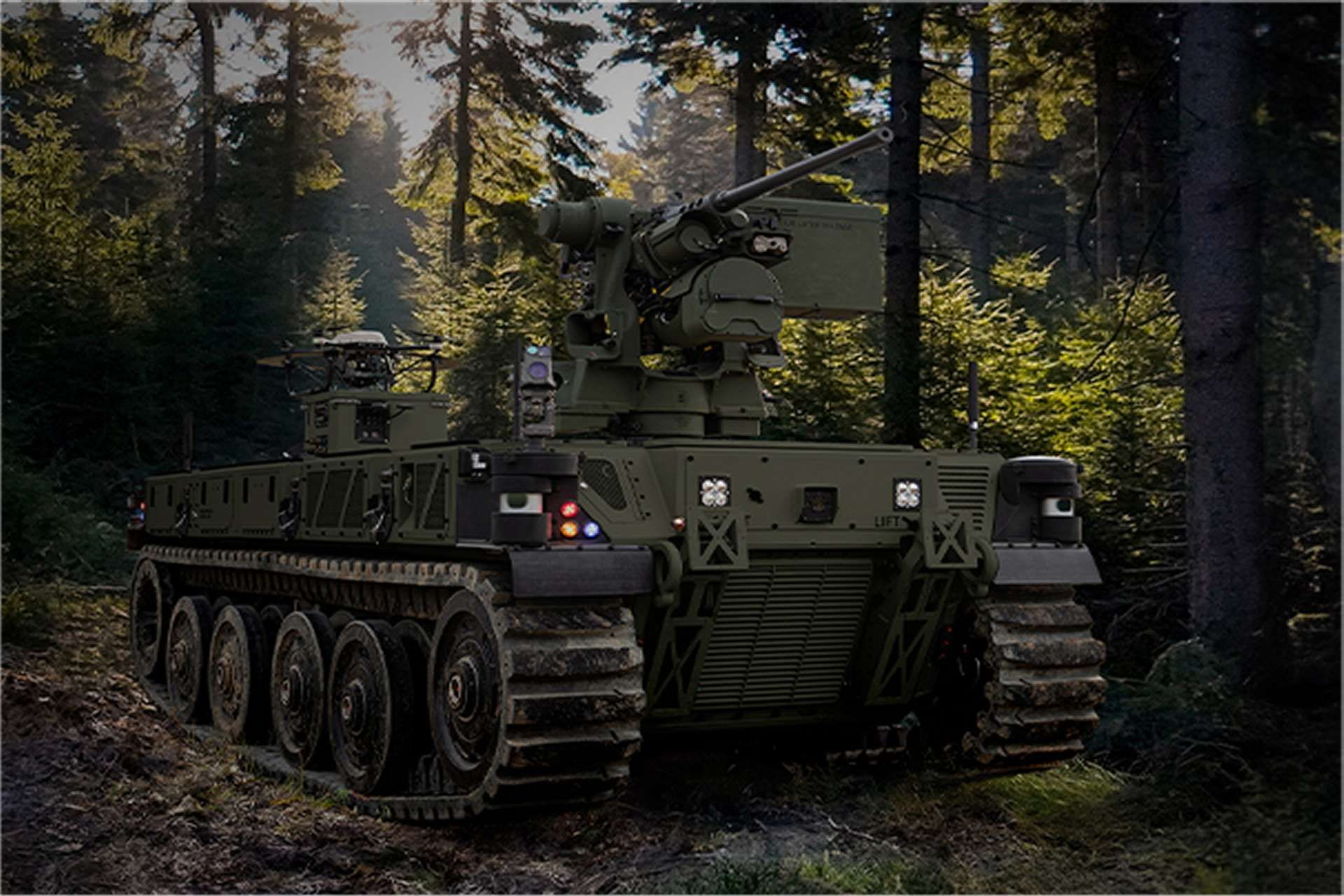Breaking News
US Army Receives First Prototypes for Next-Generation Robotic Light Combat Vehicle Testing Program.
The US Army has received the first prototypes of its Robotic Combat Vehicle-Light (RCV-L), developed as part of the Next Generation Combat Vehicle (NGCV) initiative. These deliveries, made by Textron Systems on August 15 and Oshkosh Defense on August 19, 2024, mark the beginning of the testing phase at Aberdeen Proving Ground.
Follow Army Recognition on Google News at this link

US Army Nex-Gen Robotic Combat Light Vehicle (Picture source: Oshkosh Defense)
These prototypes are part of the Middle Tier Acquisition – Rapid Prototyping program, which aims to accelerate the adoption of advanced technologies in the military.
Textron's RIPSAW M3 model is equipped with a hybrid electric powertrain and an innovative suspension system, allowing for silent surveillance over a range of more than 225 kilometers. Its modular design facilitates adaptation to various payloads.
The Oshkosh prototype, designed for high mobility, can be configured to support various missions thanks to its modularity. Soldier feedback has been integrated into the design to meet the army's specific requirements.
General Dynamics Land Systems and McQ/HDT Global are also participating in the competition, each offering vehicles that emphasize interoperability, modularity, and the use of advanced materials. Features include hybrid-electric propulsion and artificial intelligence capabilities.
The US Army plans to evaluate the performance, mobility, durability, and reliability of these vehicles' systems over the coming months. A supplier will be selected in 2025 to develop and deliver up to nine complete system prototypes in 2026, with a production decision scheduled for 2027.
This program is part of the army's strategy to transition to a more electrified and effective force by 2030, in line with its modernization goals and carbon footprint reduction. RCVs are envisioned for reconnaissance and escort roles, enhancing the security of manned vehicles on the battlefield.
The integration of these robotic vehicles is seen as a key step in enhancing the army's ability to conduct operations more autonomously and securely.


























